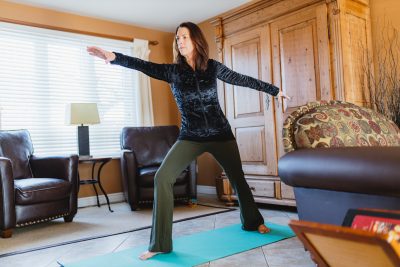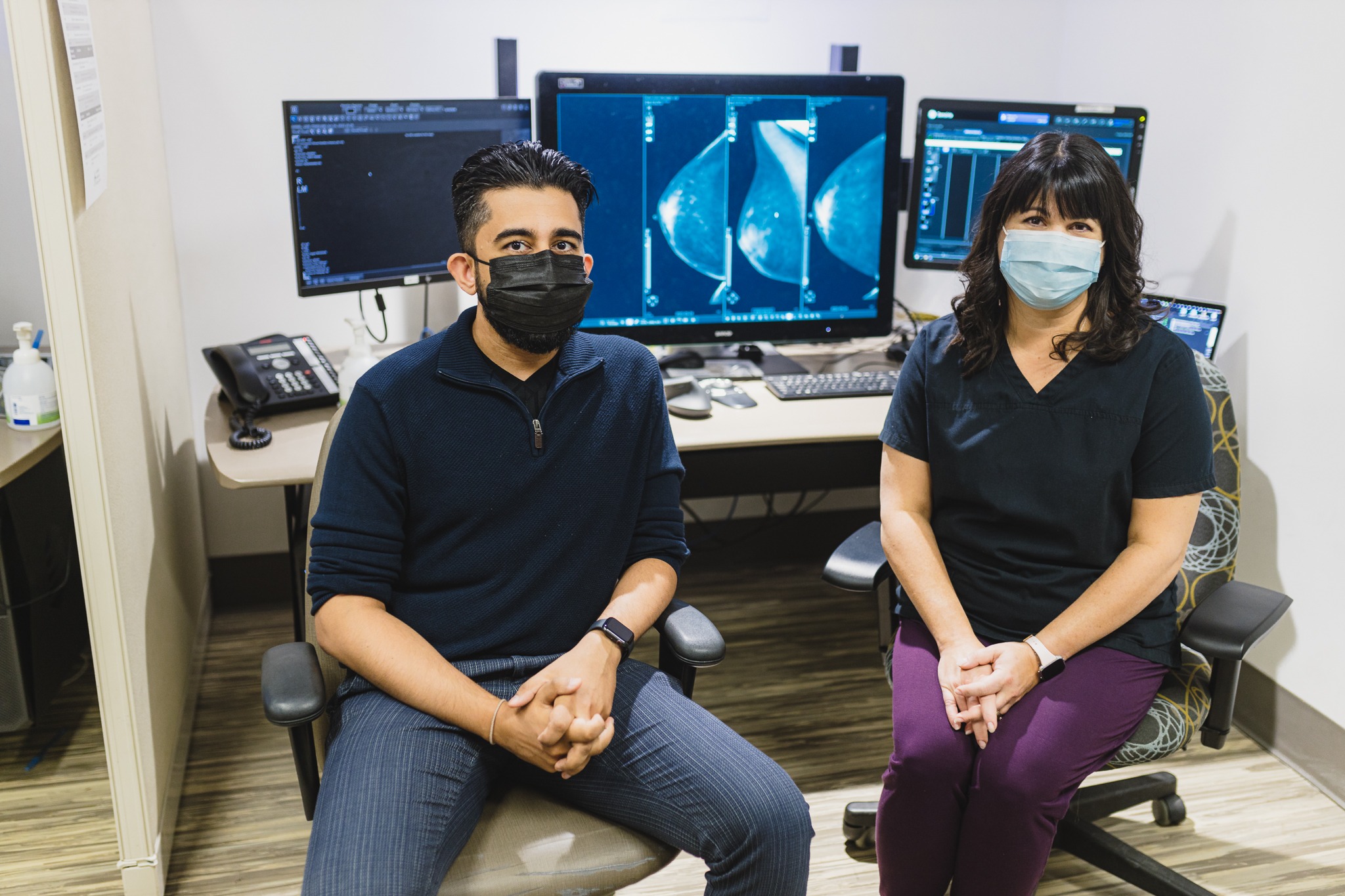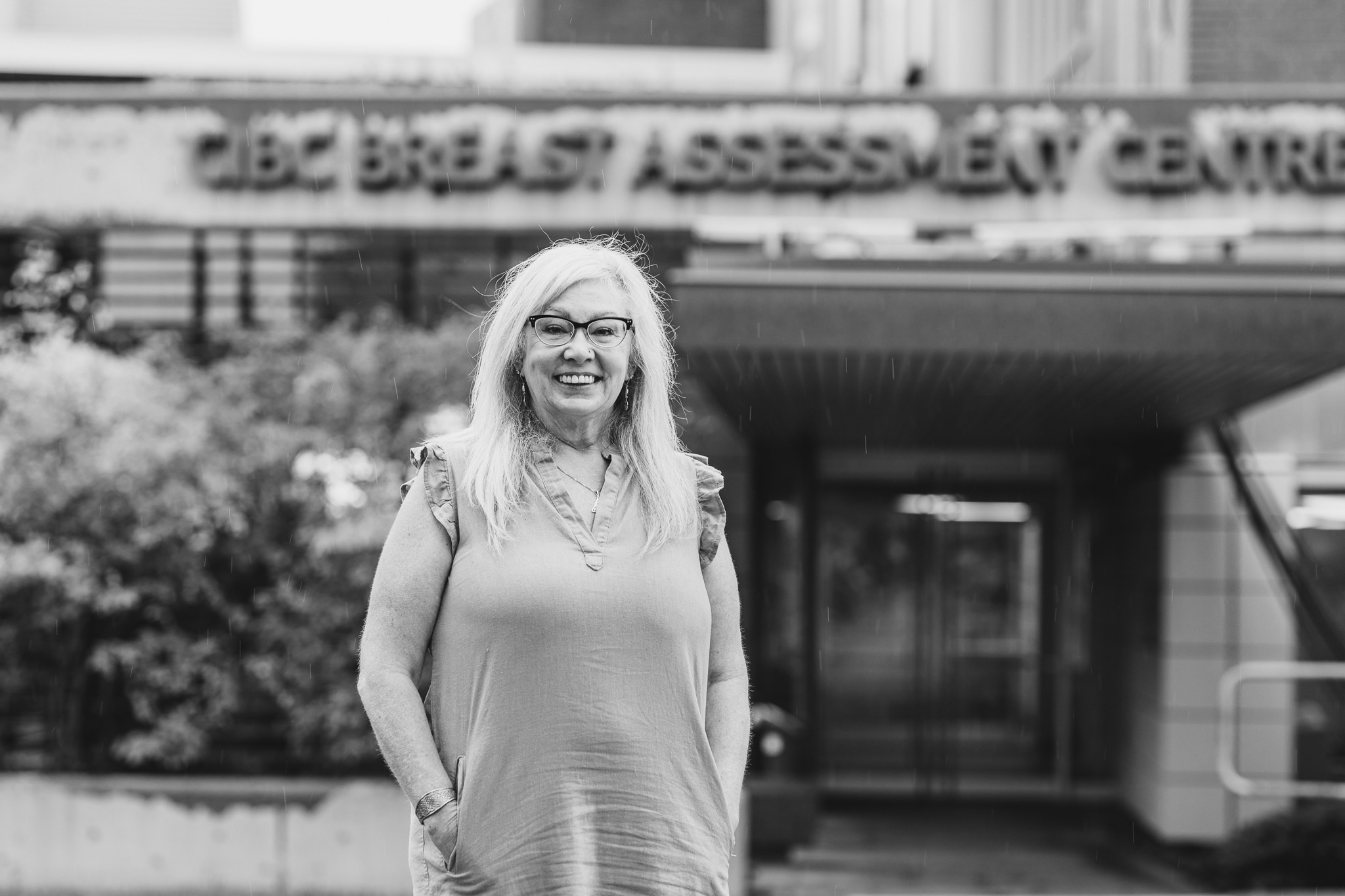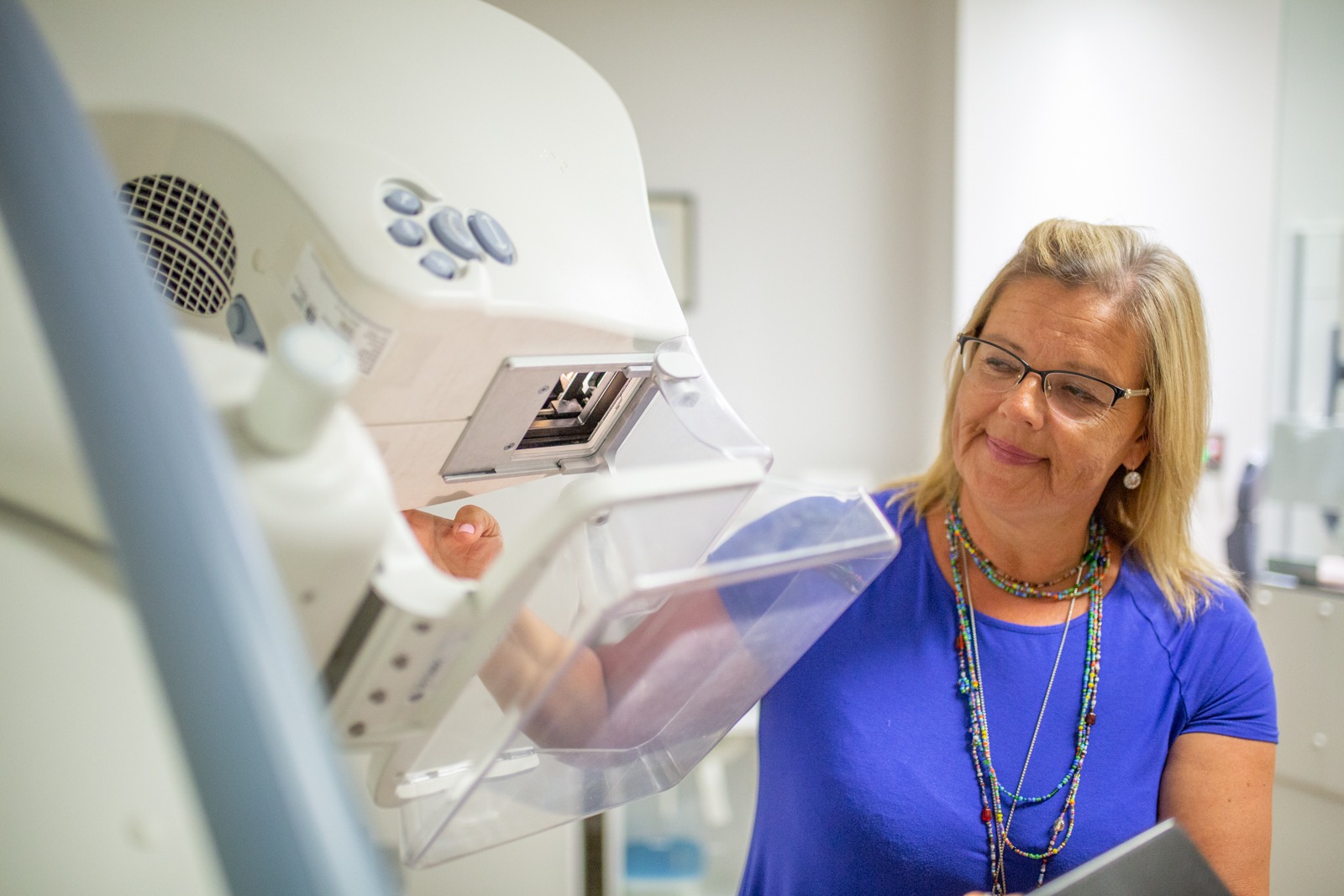
Health tip: Managing the stress of a mammogram callback
After having a mammogram to screen for breast cancer, most people receive a letter from the Ontario Breast Screening Program (OBSP), letting them know that their mammogram results are normal.
But what happens if the radiologist examining these breast x-ray pictures spots an irregularity?
If you live in the Hamilton-Niagara-Haldimand-Brant region, you may receive a call from the Hamilton Health Sciences (HHS) Breast Assessment Centre for a follow-up appointment that includes more tests at Juravinski Hospital and Cancer Centre.
Why me?
About 10 per cent of people who get mammograms will be called for a follow-up appointment that includes another mammogram and possibly a breast ultrasound, MRI and/or biopsy. In most cases, these extra tests rule out breast cancer.
Most people receiving a callback are first-time participants in the OBSP, which provides free mammograms to women ages 50 to 74 every two years as part of their routine health care. That’s because with first-time mammograms, there are no prior images for comparison.
Once women have had additional breast x-rays from previous screenings, the radiologist can compare images to look for any changes.
Managing “scanxiety” with balanced thoughts
Combine extra scans with anxiety, and you’ve got scanxiety – a catchphrase that refers to anxious feelings leading up to additional tests and waiting for results. Knowing statistics are on your side likely won’t prevent scanxiety from creeping in.
“The mind can spiral into a very dark place as we wait for that appointment date and test results.” — Dr. Karen Zhang

Dr. Karen Zhang
“Often, while waiting for the follow-up appointment, people’s minds go to the worst-case scenario,” says Dr. Karen Zhang, a JHCC clinical, health and rehabilitation psychologist. “As humans, we’re programmed to think that way. We imagine what will happen if we get bad news. We worry that we won’t be there for our family. The mind can spiral into a very dark place as we wait for that appointment date and test results. A person might even convince themselves that they’ll get a cancer diagnosis.”
Feeling anxious is normal, adds Zhang. “I don’t think anyone would say they feel completely calm waiting for additional tests.”
Frightening thoughts can sneak up suddenly, and people may not even be aware that their imagination is taking over. “If you find yourself going to the worst-case scenario, try bringing yourself back to the present, knowing that the fears you’re imagining haven’t happened and may never happen,” says Zhang, who encourages people to make room for balanced thoughts.
“Give yourself permission to consider positive outcomes. Imagine how you’ll feel, and what you’ll do in the future, if tests rule out cancer.”
Making adjustments to cope
While waiting, it’s common for people to sleep poorly and feel on edge, restless or irritable. “You don’t have to pretend this isn’t looming over you,” says Zhang. But making room for anxious feelings doesn’t mean crawling into bed and letting stress overwhelm you.
“I want to reassure people that the vast majority of callbacks end up being a harmless variability in breast tissue, or a benign finding.” — Dr. Prasaanthan Gopee-Ramanan
“It’s a balancing act,” says Zhang. “You can make adjustments to cope. Examples could include picking up take-out meals instead of spending time and effort cooking, or giving yourself permission to be less productive at work and rescheduling large projects.”

Activities like yoga, and practicing deep breathing and mindfulness exercises, can help people manage stress while waiting for their follow-up appointment. HHS photo
Finding distractions, like puttering in the garden, can help. So can deep breathing and mindfulness exercises. “You’ll want to practice these breathing and mindfulness techniques ahead of your appointment date, so you’re not trying to master them on the day of your visit,” says Zhang. Medication can also be helpful in some instances.
“You don’t need to cheerlead.” — Dr. Karen Zhang
Support from loved ones can play an important role too. “Encouraging someone to not worry and stay positive can backfire by making them feel alone, shut down and not heard,” says Zhang. “You don’t need to cheerlead. It’s more helpful to let them know that you’re going to be there for them, no matter what.”
Choosing how to get your test results
Most of the time, extra tests rule out cancer rather than confirm it.

Dr. Prasaanthan Gopee-Ramanan
“We’re bringing in these patients for follow-up tests because we noticed something on their x-rays and want to take a closer look,” says Dr. Prasaanthan Gopee-Ramanan, an HHS diagnostic radiologist specializing in breast imaging. That ‘something’ is most often a harmless cyst, mass or calcifications.
“I want to reassure people that the vast majority of call-backs end up being a harmless variability in breast tissue, or a benign [non-cancerous] finding,” says Gopee-Ramanan. “But it’s important to have these follow-up tests done to rule out breast cancer because the earlier cancer is diagnosed and treated, the better the outcome.”
Results go to the patient’s doctor, and are also available on MyChart, a free, secure, online tool that gives HHS patients easy access to their hospital health record, including test results.
Patients can choose whether to view test results on MyChart, or find out from their doctor. People already feeling anxious may want to consider talking to their doctor first, before trying to interpret results, says Zhang.
“This is especially important when feeling anxious because the mind tends to selectively look for negative news. The report might rule out cancer but contain other minor health issues. It’s human nature to fixate on news that seems bad.”
High five-year survival rates
Some patients are diagnosed with breast cancer after follow-up tests. The five-year survival rate for breast cancer in Canada is high at 89 per cent, meaning that if the disease hasn’t come back five years after initial diagnosis, the chance of a later recurrence is very small.
“Patients are in excellent hands at the Juravinski Hospital and Cancer Centre,” says Gopee-Ramanan, adding that the Breast Assessment Centre is among the most advanced breast screening and assessment centres of its kind in Canada and Juravinski Hospital and Cancer Centre provides nationally-leading, life-saving cancer care.
October is Breast Cancer Awareness Month. This is the second story in a two-part series on what to expect from a mammogram follow-up appointment, should you receive a callback. Story one, What to Expect from a mammogram callback, explains the tests involved in a follow-up appointment.



